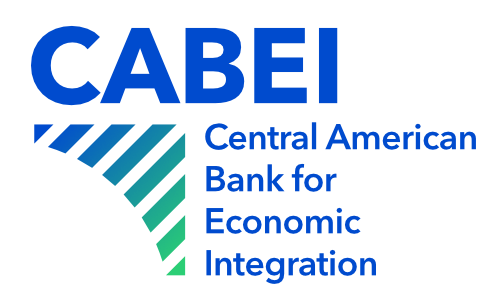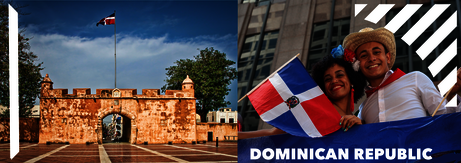Summary of operations
Road Infrastructure: Financing for 148 kilometers of highways.
Energy: Financing for the generation of 80 megawatts of clean renewable energy.
Agro Sector: US$ 60 million for the strengthening of the agricultural sector with a sustainable technological approach.
A 228% increase in the amount estimated in the 2021-2026 country strategy, reaching US$ 1.8 billion. In the previous five-year period the disbursement amounted US$ 533.9 million.
PROJECTS
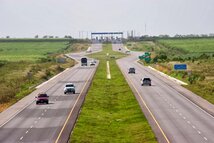
Coral Highway Project
It consisted of the construction of a 70-kilometer-long, 4-lane highway, for which financing of US$70.0 million was allocated.
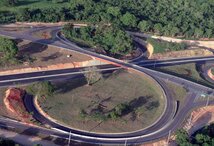
Improvement and Expansion of the Eastern Road Corridor for road sections
San Pedro de Macorís-La Romana Section, La Romana Beltway Section and Eastern Tourist Boulevard Section, totaling 78 kilometers in length and representing the best road infrastructure in the country.
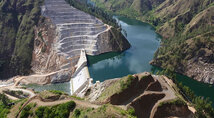
Palomino Hydroelectric Project
With a clean and renewable energy generation capacity of 80 megawatts, it is located in the Province of San Juan. For its execution, the Bank allocated financing for a total amount of US$ 130.0 million
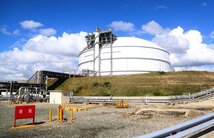
Construction of a 50-kilometer gas pipeline in San Pedro de Macorís
Loan in favor of AES Dominicana for a total amount of US$54.00 million.
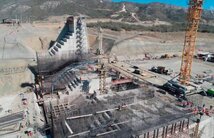
Montegrande Multipurpose Dam Project Phase III
With current financing of US$249.6 million
With CABEI's support, more than 500,000 Dominicans in the southwest of the country will have access to clean water and water for irrigation.
![[Translate to English:] [Translate to English:]](/fileadmin/_processed_/4/5/csm_IMG_4909_06446d23dd.jpg)
The multilateral’s investment amounts to US$236.9 million out of a total amount of US$336.1 million for the construction of the project.
Tegucigalpa, February 16th, 2023.-In orderto secure water resources and reduce the probability of natural disasters in the southwest of the Dominican Republic, the Central American Bank for Economic Integration (CABEI) approved a partial investment of US$236.9 million out of a total of US$336.1 million for the development of the "Project for the Construction of the Complementary Water Supply and Irrigation Works of the Montegrande Dam in the Barahona, Independencia and Bahoruco Provinces."
The initiative, which is expected to benefit 509,282 people in the provinces of Barahona, Bahoruco and Independencia, consists of the construction of a set of hydraulic works to meet the irrigation and clean water demands of the population, as well as for the generation of electricity and diversification of the energy matrix in the area.
"This complementary Project to the Montegrande Dam, also financed by CABEI, will bring important benefits not only in flood control in the area, but will also guarantee food security through the improvement of irrigation systems so that thousands of Dominicans can have access to crops with a high level of availability and quality, in addition to the generation of direct jobs," said CABEI Executive President, Dr. Dante Mossi.
The Montegrande Phase III Multipurpose Dam Project is located in the province of Barahona, on the border with the province of Azua in the southwest of the country and, as of December 2022, construction of the dam was 85.5% complete with disbursements of US$234.5 million of the total US$249.6 million approved by the multilateral.
This new operation is framed within CABEI's 2020-2024 Institutional Strategy, within the sustainable competitiveness axis that seeks to intervene in strengthening the economic, social and institutional factors that determine regional competitiveness, as well as the human development axis, which aims to generate effective social capacities for real social inclusion that ultimately translates into improving the well-being and quality of life of the region's inhabitants.
